
Silverbeet or silver spinach as it’s known in other countries is a healthy addition to our formulas here at Super Cubes.
In Australia we call this delicious vegetable “silverbeet” and its benefits are endless!
From fighting cancer-causing hormones associated with prostate issues (and much more), improving heart health by controlling blood pressure levels; plus these veggies provide you’re your daily dose of Vitamin C – which helps maintain strong bones over time too!.
Though it belongs to the same family as beetroot, whose roots are used for food.
Silverbeet leaves contain much more nutrients than those in vegetables like Swiss chard.
While both types of vegetables grow best when paired together during planting time and should form part of any healthy diet especially for a pregnant woman who needs extra strength vitamins!
Table of Contents
Silver Beat Profile
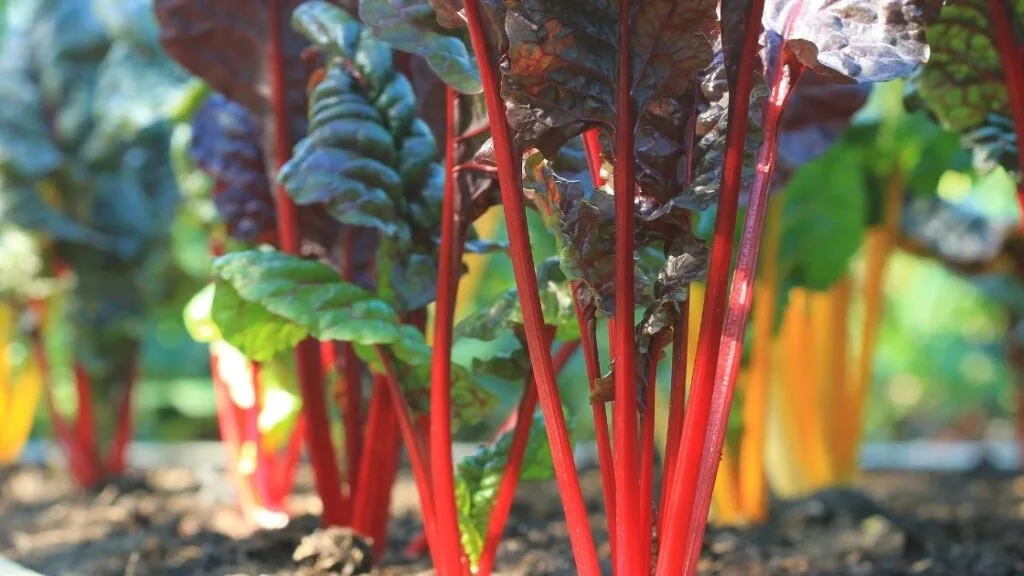
Silverbeet, is a plant that can be found throughout the year but is most prolific during June-October.
The leaves have an interesting bite and salty flavor to them with notes of green earthiness in each section when eaten raw or cooked respectively; they’re often used for Mediterranean cooking purposes such as Pasta sauce (especially by Italian people).
Is The Silver Beat Really Good For You?
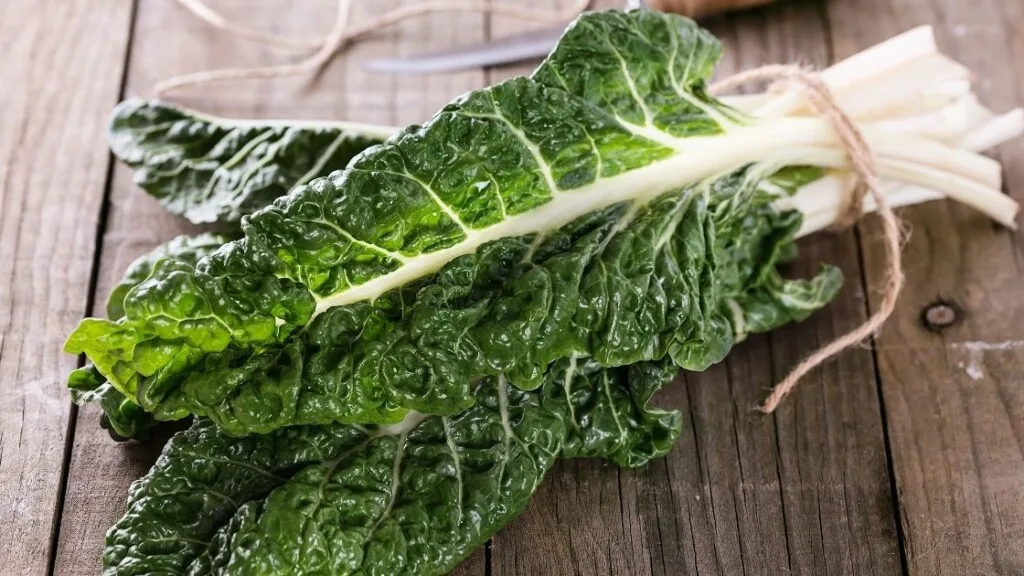
Silverbeet has been getting a lot less attention than other leafy greens, but it might be time for people to take notice.
Silverbeet punches above its weight in nutrients and offers many health benefits that you can’t get from any other type of vegetable or color!
The following are some reasons why this root-like veggie deserves more fame:
1- Silverbeet is a great source of vitamins and minerals!
It has been shown to have levels that are almost as high, if not higher than most foods we consume on an everyday basis.
2-High fiber vegetables, such as silverbeet can be very beneficial for your digestion.
The beta-carotene present in these veggies helps to regulate inflammation and toxins within the body through their positive effect on bowel movements!
3-Silverbeet has been found to be an excellent source of vitamins and minerals, including vitamin C.
It also contains high levels of polyphenols which can help fight off aging by neutralizing free radicals that attack our cells at a cellular level – accelerating the delinquency process in general!
4-Space travel may be on its way, and this leafy green was shown to have one of the highest yields from weekly harvests under both light test conditions.
That’s why silverbeet was chosen for NASA due to it being rich in vitamins as well!
5-Fresh silverbeet is a great delicacy.
It has an excellent flavor and can be stored for up to five days when refrigerated, but only dark-looking leaves without yellowing or browning should remain on the stalks after selection – otherwise, they will spoil quickly!
Silver Beat And Chard
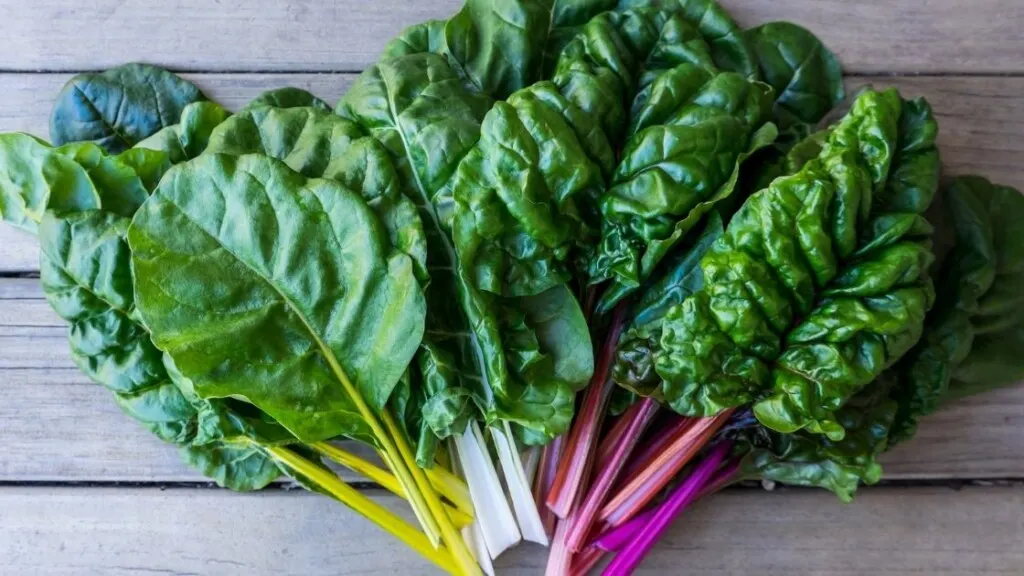
Gardeners often differentiate between silverbeet and Swiss chard, but they are actually the same species.
The yellow-colored stems with colored veins (crimson, red, or orange) that grows in a pod called “paczki” make up one type of this plant; while white stalks without any decoration on them form another variety known as ‘silver’ which we typically call simply “Swiss” for short when speaking English outside North America.
How Can We Grow Silverbeet?
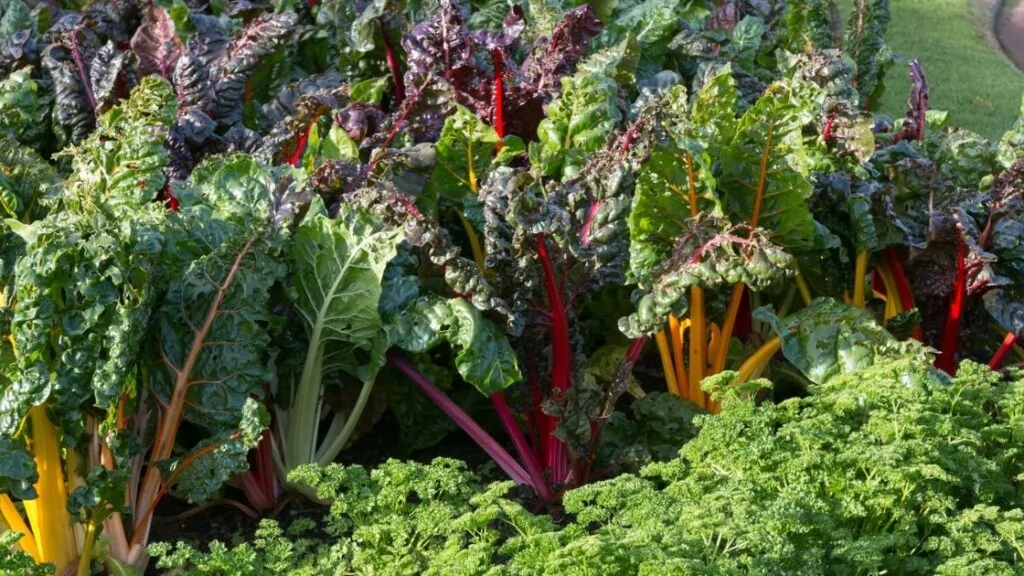
Silverbeet is a nutritious, high-energy food that can be grown in the ground or used as an ingredient for cooking.
The leaves of this herbaceous plant have large fleshy shapes with deep green color and they must receive plenty of sun exposure to develop their best flavor!
Whether you grow it directly outdoors on dry soil mix rich with compost/manure during wintertime–whether potted indoors around your house through spring into fall; silverbeets will always provide great nutritional value alongside some added benefits such as being able to reduce pests by 50%. Silverbeet is most often eaten cooked in a pressure cooker or boiled until it has been softened.
To add some flavor and make the vegetable more palatable, they can be fried on top of the rice before serving as an accompaniment for your meal!
You could also try making cream soup with fresh herbs like parsley that will give off their aroma while cooking without being overpoweringly strong.
It will be perfect if you don’t want people’s taste buds overwhelmed by spice but still wanting something flavorful nonetheless!.
Nutritional Benefits of Silverbeet
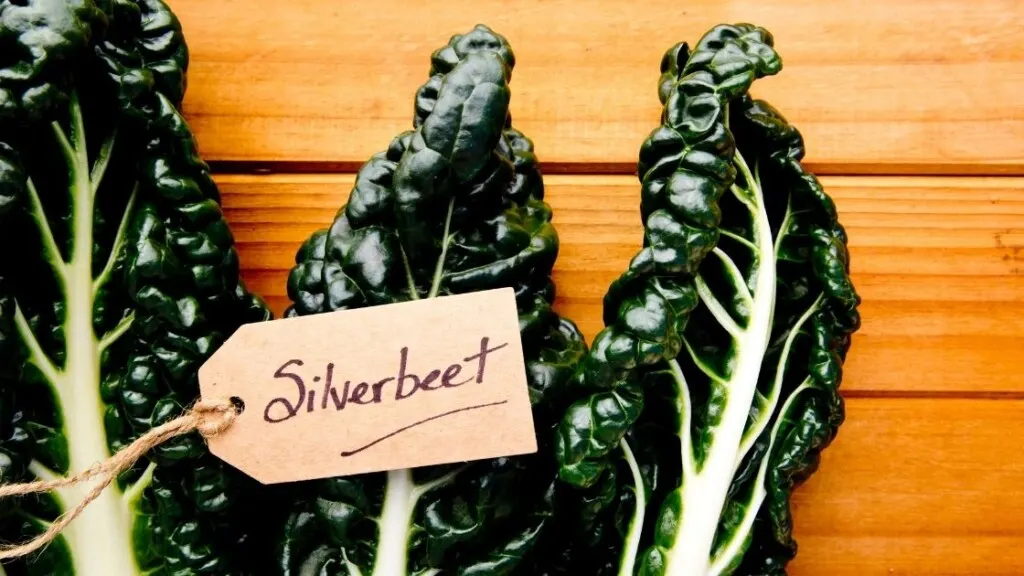
Swiss chard leaves are an excellent source of polyphenols and phytonutrients. They’re also very low in calories, which makes them great for those looking to lose weight or maintain their current body mass index (BMI).
Plus the red variety provides 50% more Vitamin C than green!
Super rich source of Vitamin K, a nutrient needed for strong bones and teeth.
It also provides a 700% daily value in Omega-3 fatty acids as well as other vitamins such as lutein which helps maintain eye health!
This veggie contains antioxidants that fight against the damage caused by free radicals helping you stay younger-looking longer than ever before.
Not only does it have great nutritional content but it’s delicious too – so eat up!!
How Can One Prepare Silver Beat?
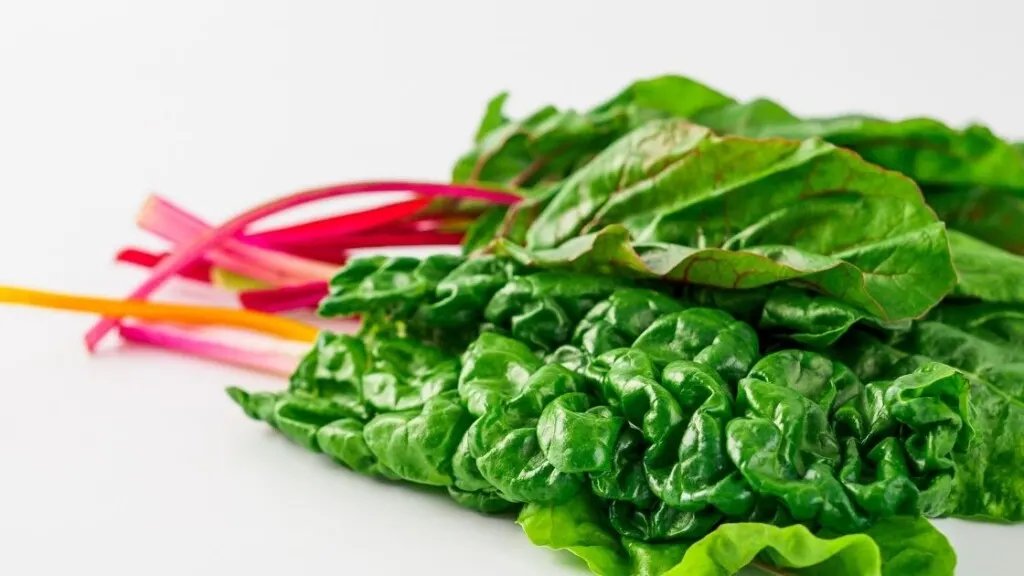
It is important to wash and dry stalks, leaves, or both before cooking them.
The stems can be removed from leafy sections of the plant if you want a vegetable dish with asparagus-like flavors.
This will also work for other types such as cabbages etc., but it’s best not to add any water when doing so since most of its weight comes out during the washing process!
Both the stems and leaves of this vegetable are interchangeable; I like to use them in my dishes raw because they have a stronger flavor when cooked.
Silverbeet is great for quick-cooking methods like stir-frying, steaming, or microwaving!
Bottom Line
I hope you have enjoyed this post and found it helpful. The next time a friend or family member asks for advice on what to eat, please share with them the benefits of silverbeet! If you want more information about how eating greens can help your health, contact us today.

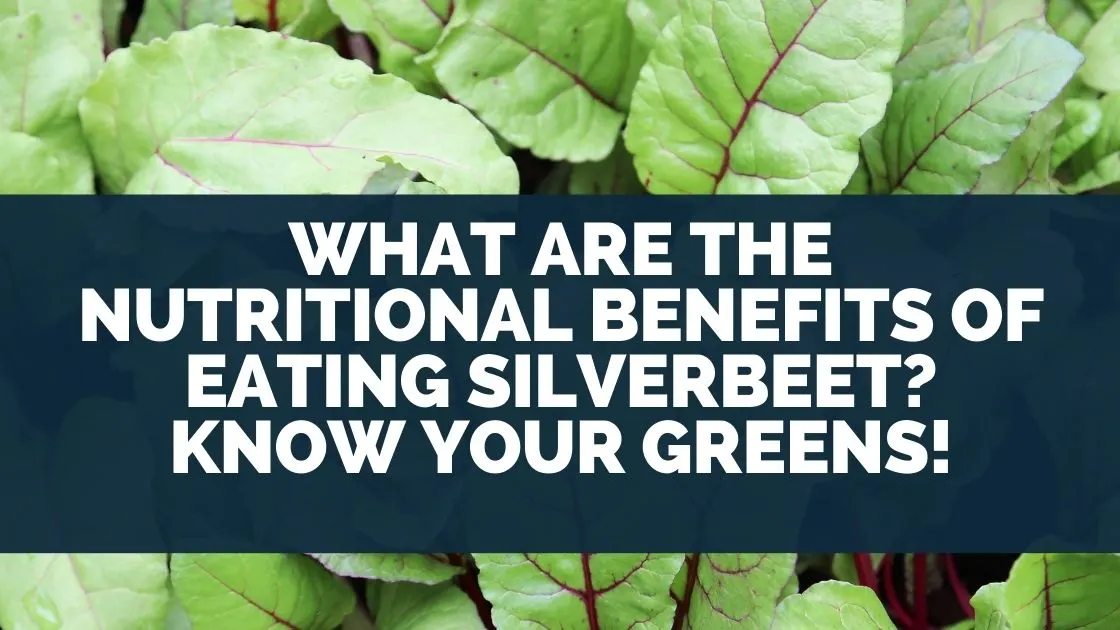
Leave a comment